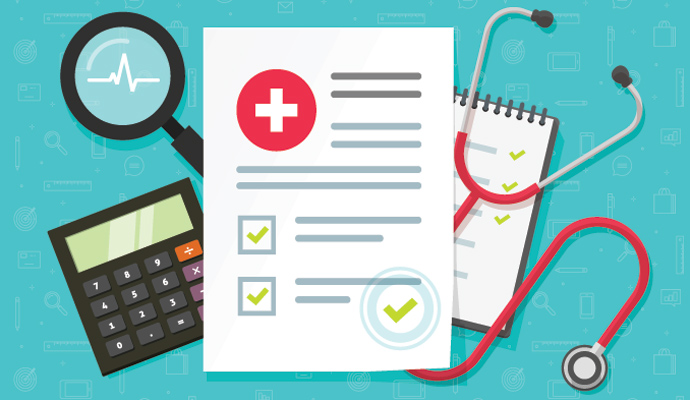Prior Authorization Costs Rise as Electronic Adoption Remains Low
According to CAQH, manual prior authorization costs increased by $4.31 from 2018 to 2019, making it the costliest administrative transaction for providers.

Source: Getty Images
- Prior authorization costs accounted for just two percent of overall medical industry spending on administrative transactions in 2019, but the process was the most costly, time-consuming transaction for providers, according to the 2019 CAQH Index report.
The seventh annual report from the Council for Affordable Quality Healthcare, Inc. (CAQH) found that, on average, providers spent nearly $11 on each prior authorization done manually in 2019. And that amount is up from $6.61 a year ago.
Prior authorization costs were lower for partially and fully electronic transactions, which cost approximately $4 and $2, respectively. However, electronic adoption of prior authorization transactions remained low in 2019.
Analyzing data from medical plans covering nearly half of the insured US population, CAQH found that the adoption of electronic prior authorizations increased by just one percentage point from 2018 to 2019 to 13 percent.
In comparison, CAQH reported a “steady increase” in the electronic adoption for several of the eight administrative transactions studied, including claim payment and coordination of benefits which saw the highest increases in electronic adoption by seven and six percentage points respectively. Adoption of electronic remittance advice also increased by three percentage points following an eight-percentage point drop in 2018.
The only administrative transactions that saw decreases in electronic adoption were eligibility and benefit verification and claim status inquiry. Electronic adoption also fell by one percentage point from 2018 to 2019.
Still, prior authorizations represented the biggest cost-saving opportunity for providers, CAQH pointed out. Researchers estimated that providers could save $355 million by shifting to fully electronic prior authorizations.
An electronic standard for prior authorizations has been in place since the early 2000s, yet the medical industry still faces barriers with fully automating the transactions. According to CAQH, the barriers include provider awareness, vendor support, inconsistent use of data content allowed in the standard, state laws mandating manual processes, and lack of an attachment standard to support exchange of medical documentation.
However, the industry has attempted to make progress. The portion of partially electronic prior authorizations, which rely on health plan-run web portals, increased by almost 20 percentage points after a 21-percentage point decline.
Additionally, CAQH found that manual prior authorizations decreased by 18 percentage points from 2018 to 2019.
Medical plans told CAQH that the shift to partially automated prior authorizations is “the result of concerted efforts to encourage providers to submit prior authorization requests through plan specific portals.”
These efforts have saved the medical industry about $679 million in annual costs. But CAQH emphasized that shifting from web portals to fully electronic prior authorizations would still reduce physician burden by $2.11 per transaction. Providers would also save four minutes, researchers found.
And overall, CAQH found that automating administrative transactions could save the medical industry $13.3 billion, or one-third of healthcare’s administrative spend. Providers specifically could save $8.9 billion by not only adopting fully electronic prior authorizations, but also eligibility and benefit verification, claim submission, attachments, coordination of benefits, claim status inquiry, claim payment, and remittance advice.
Provider advocates are alarmed by the new information from CAQH.
“The just released CAQH 2019 Index confirms MGMA’s findings that the financial burden of prior authorization requirements on physician practices is increasing at an alarming rate,” Anders Gilberg, senior vice president of government affairs at MGMA said in a statement. “In 2020, practices should not be forced to rely on fax machines to complete manual prior authorizations when health plans could modernize the process.”
MGMA found last year that prior authorizations topped the list of regulatory burdens for medical groups. The association’s survey of medical group leaders showed that prior authorizations were very or extremely burdensome for most organizations (83 percent).
“The federal government needs to streamline prior authorization by requiring a national automated approach to minimize administrative costs and delays in patient care,” Gilberg stated.
